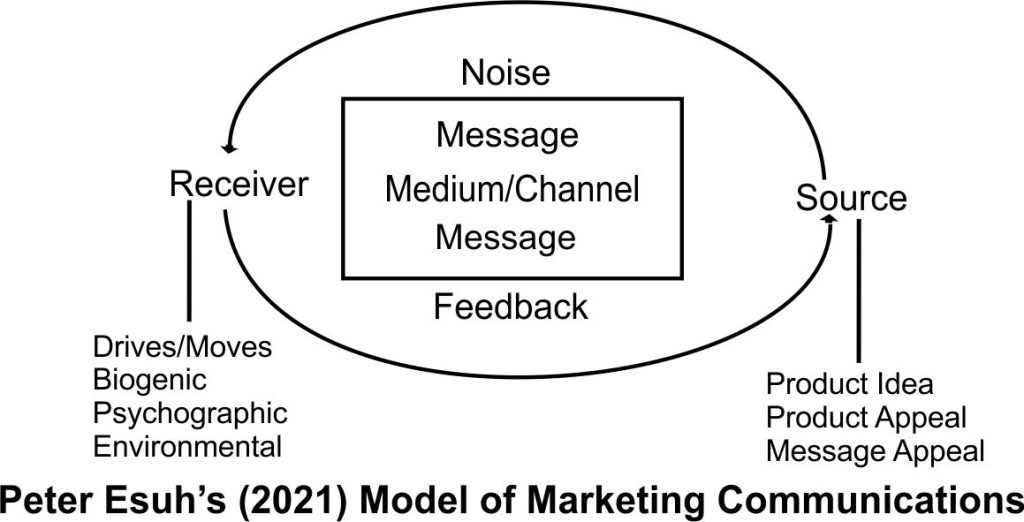An inaugural lecture is often a tradition of the university in the world to avail newly promoted professors, a one off occasion to articulate to the world, not only their proficiencies and experience but their excellencies in charities to scholarship, current research directions and their future research plans. It is a debt one owes to the university community, which should be paid before disengagement from the academic purview.
By history, 1862, in the University of Oxford, Professor Montagu Burrows was first occupant of the Professorial Chair. In Nigeria, we know of Professor Tekena Tamuno who presented the first inaugural lecture entitled “History and History-Makers in Modern Nigeria” in University of Ibadan in 1973. Often, a newly promoted Professor is expected to be given twelve months to showcase his/her profile of research and expertise. This is why the 86th lecturer of the University of Uyo, Professor Peter Asukwo Okon Esuh was presenting to the world his scholarship proficiency, experience, expertise, research directions by paying his debt owed to the University of Uyo, Uyo, Nigeria.
Chronologically, Prof Esuh, the 86th inaugural lecturer is following the pacesetters of his department: Professor Emmanuel Akpan – “Entropy, Redundancy, and Meaning Sharing”, a 1994 inaugural lecturer. Professor Desmond Wilson, in 2015 with the topic “Ethnocommunicology, Trado Modern Communication, and Mediamorphosis in Nigeria: An Iconoclast’s Demystification of Some Communication Traditions” was a 44th inaugural lecturer of the University. After Professor Wilson, Professor Nkereuwen Udoakah, the 54th inaugural lecturer presented his lecture entitled: “The Political Economy of Nigerian Journalism” in 2017. Again, this was followed by Professor Ashong Ashong with the topic entitled: “Mainstreaming Development Communication for National Development” in 2021.
Communication has traverse various stages of development, from a magic bullet process of the message(s) from the source to the receiver – a linear mode of “Let there be light and there was light”, to the interactional model of “Let us make man in our own image” – where communication become a two-way process, an interaction between two or more people. Also, a communication process of “Come let us reason together”, makes communication transactional – exchanges which could lead to further transactions over the years, a continuous exchange of information where both the sender and receiver(s) are involved in the process.
It is from the interactional perspective – “Let us make man in our image” and the transactional – “Come let us reason together”, that marketing communication is premised. This is why the 86th inaugural lecturer, Professor Peter Esuh, averred that “the process starts with the receiver and not with the source”. He avouched that communication in terms of marketing “begins with listening and proceeds as a series of dialogues that involve listening, reacting, responding, listening again, reacting and responding again until exchange takes place”.
Peter Esuh, a Professor of Marketing Communication and Applied Rhetoric, professed that in marketing communication, persuasion and information sharing process starts with the receiver’s intrapersonal communication process governed by drives and motives which could be biogenic, psychographic, and or environmental. Since communication in marketing is transactional in nature with messages and channels engaged in an unending process until an exchange is made; and the satisfaction of wants and needs are received partially by the participants, the 86th inaugural lecturer therefore stressed that the two-way exchange of information (data, intelligence) and persuasion (promotion) enables the marketing process to function more effectively and efficiently.
Viewing from the lecture entitled: “Persuading the Persuaders: Rhetorico-Semiotic Direction to Marketing Communication”, Professor Esuh, whose research and scholarly articles are published in reputable International Journals across continents of the world, described persuasion as a communication in which the sender intends to exert influence and the respondent make choices voluntarily. This means that when communication is more than sending and receiving of messages, persuasion is employed through its accomplishment – rhetoric.
Rhetoric is a powerful weapon of moving people to action in a desired direction. As a form of human communication, Aristotle defines rhetoric as the faculty of observing (discovering) in a given case the available means of persuasion. What the great Cicero put thus “If you wish to persuade me, you must think my thoughts, feel my feelings, and speak my words”. The lecturer Professor Esuh rhetorically proofed to the one thousand audience at the lecture theatre, his ethos – moral character, pathos – the production of disposition and logos – real means and apparent demonstration of the subject matter.
He demonstrated to the audience and university researchers the study of rhetoric as a discipline, spelling out that rhetoric has grown from the liberal art of sharpening communication skills to providing proofs – ethical, logical and pathetic, constructing the case, assembling the argument…knowing how to provoke the audience emotion, choosing style, and deciding the pattern of delivery. The varsity Don explained that the significance of rhetoric as an intentional communication lies on the fact that it does not use force to bring the audience to agree with the speaker, but the speaker uses symbols significantly to achieve predetermined goal.
Because, a consumer is at first the persuader waiting to be persuaded, and that is the most reasons why marketing communication messages and campaign designs fail due to lack of training in the craft of rhetoric – art of persuasion, semiotic application of signs, Icons, etc. The university scholar charged the professional persuaders to often prepare due to the fact that the persuaders – consumers are active participant in the art of persuasion.
Copyright © 2025 | 9News Nigeria by Nine Communications Nig Ltd

